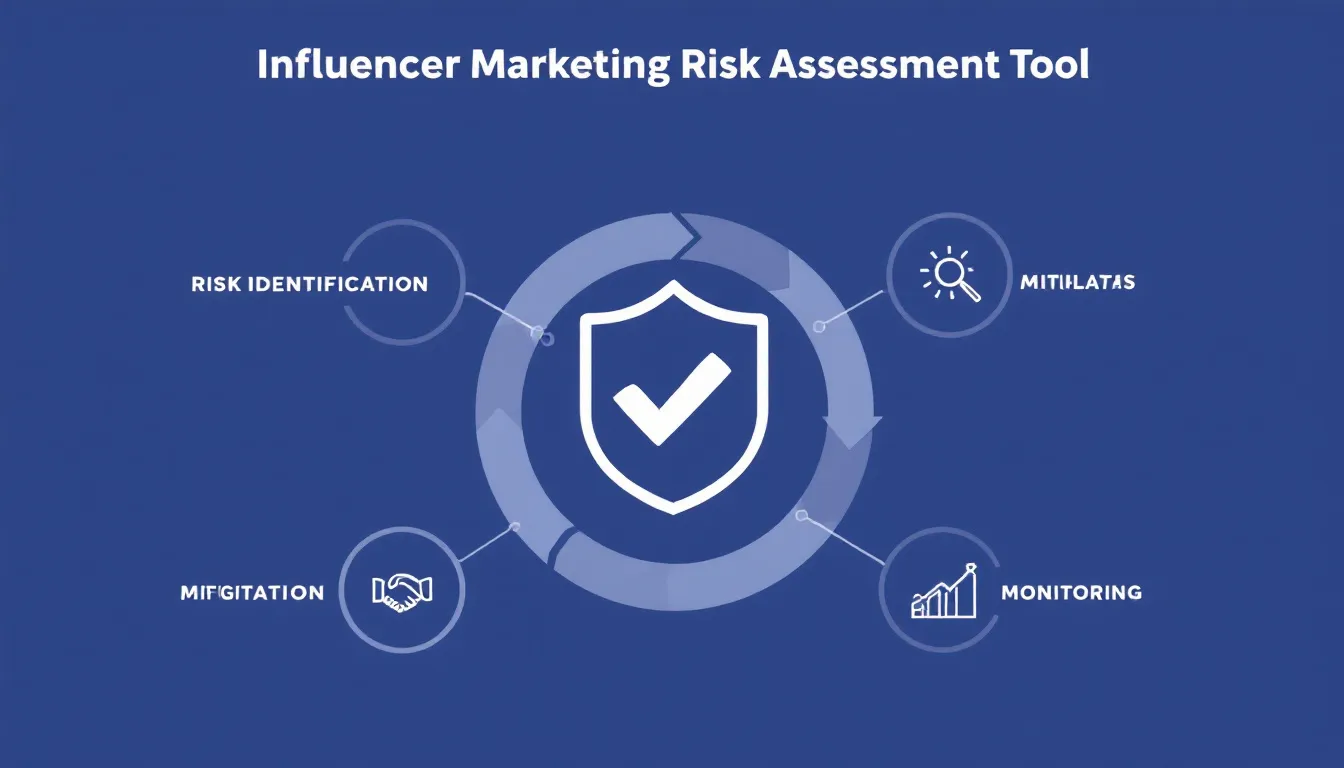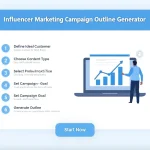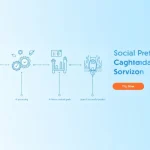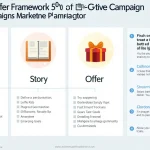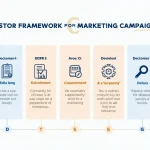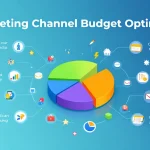Is this tool helpful?
How to Use the Influencer Marketing Risk Assessment Tool Effectively
To get the most accurate and valuable insights from this influencer marketing risk assessment tool, follow these steps:
- Type of Business or Industry: Enter your specific business sector. For example:
- “Sustainable fashion brand focusing on eco-friendly materials”
- “Plant-based meal delivery service”
- Target Audience Description: Provide detailed demographics and characteristics. For example:
- “Environmentally conscious millennials, aged 28-40, urban professionals with disposable income, interested in sustainability and ethical consumption”
- “Health-focused parents aged 30-45, suburban dwellers, interested in organic food and family wellness”
- Marketing Goals (Optional): Define your specific objectives
- Budget Range (Optional): Specify your investment capacity
- Platform Preferences (Optional): List your preferred social media channels
Understanding Influencer Marketing Risk Assessment
This advanced tool helps businesses identify and mitigate potential risks in their influencer marketing strategies by analyzing multiple variables and providing tailored recommendations. It considers industry-specific challenges, audience alignment, and platform dynamics to generate comprehensive risk assessments.
Core Components of Risk Analysis
- Brand alignment evaluation
- Audience authenticity assessment
- ROI risk factors
- Compliance and regulatory considerations
- Performance measurement challenges
Benefits of Using the Risk Assessment Tool
Strategic Advantage
By identifying potential risks before campaign implementation, businesses can:
- Optimize resource allocation
- Improve influencer selection criteria
- Develop more effective contingency plans
- Enhance campaign performance metrics
Cost Efficiency
The tool helps prevent costly mistakes by:
- Identifying budget allocation risks
- Highlighting potential ROI challenges
- Suggesting cost-effective mitigation strategies
Problem-Solving Capabilities
Risk Identification
The tool addresses common challenges such as:
- Misaligned brand values
- Audience mismatch
- Performance measurement difficulties
- Regulatory compliance issues
- Budget optimization problems
Mitigation Strategy Development
For each identified risk, the tool provides:
- Customized mitigation approaches
- Implementation guidelines
- Success metrics
- Alternative solutions
Practical Applications and Use Cases
Case Study 1: Fashion Industry
A luxury fashion brand used the tool to assess risks for their sustainability campaign:
- Identified potential greenwashing accusations
- Developed authentic messaging guidelines
- Created influencer vetting criteria
- Established performance tracking metrics
Case Study 2: Technology Sector
A software company utilized the tool for their product launch:
- Identified technical knowledge gaps in potential influencers
- Created educational materials for influencer onboarding
- Developed crisis management protocols
- Established clear deliverable guidelines
Frequently Asked Questions
What information do I need to use this tool effectively?
To get the most comprehensive results, provide detailed information about your business type, target audience, and marketing objectives. Additional details about budget and platform preferences can enhance the accuracy of recommendations.
How can I implement the suggested mitigation strategies?
The tool provides step-by-step guidance for implementing each mitigation strategy, including timelines, resource requirements, and success metrics. Follow these recommendations while adapting them to your specific business context.
Can I use this tool for different types of influencer campaigns?
Yes, the tool is designed to accommodate various campaign types, including product launches, brand awareness, content creation, and sales-driven campaigns across different industries and platforms.
How often should I reassess risks for ongoing campaigns?
Regular risk assessment is recommended, especially when making significant changes to campaign objectives, target audience, or influencer selection criteria. Quarterly assessments are typically sufficient for ongoing campaigns.
What makes a good risk mitigation strategy?
Effective risk mitigation strategies should be:
- Specific and actionable
- Cost-effective
- Measurable
- Time-bound
- Aligned with business objectives
How can I measure the success of risk mitigation efforts?
Success can be measured through:
- Reduced incident rates
- Improved campaign performance metrics
- Enhanced influencer relationship management
- Better ROI achievement
- Increased brand safety indicators
Should I involve my influencers in the risk assessment process?
While maintaining transparency with influencers is important, the risk assessment process should primarily be an internal exercise to ensure objective evaluation and strategic planning.
Best Practices for Risk Assessment Implementation
Regular Monitoring
Establish a systematic approach to:
- Track identified risks
- Monitor mitigation effectiveness
- Update strategies as needed
- Document lessons learned
Team Collaboration
Involve key stakeholders in:
- Risk assessment reviews
- Strategy development
- Implementation planning
- Performance evaluation
Documentation and Reporting
Maintain detailed records of:
- Risk assessment results
- Mitigation strategies implemented
- Success metrics
- Lessons learned
Important Disclaimer
The calculations, results, and content provided by our tools are not guaranteed to be accurate, complete, or reliable. Users are responsible for verifying and interpreting the results. Our content and tools may contain errors, biases, or inconsistencies. We reserve the right to save inputs and outputs from our tools for the purposes of error debugging, bias identification, and performance improvement. External companies providing AI models used in our tools may also save and process data in accordance with their own policies. By using our tools, you consent to this data collection and processing. We reserve the right to limit the usage of our tools based on current usability factors. By using our tools, you acknowledge that you have read, understood, and agreed to this disclaimer. You accept the inherent risks and limitations associated with the use of our tools and services.
